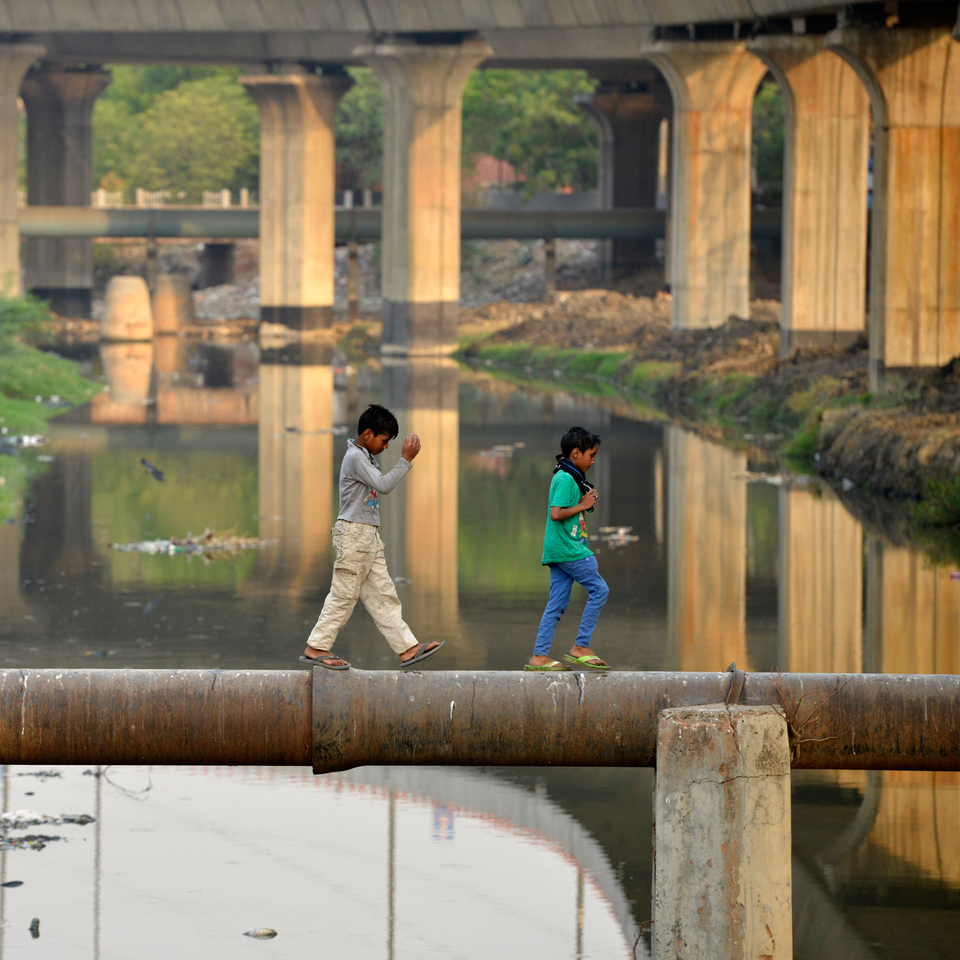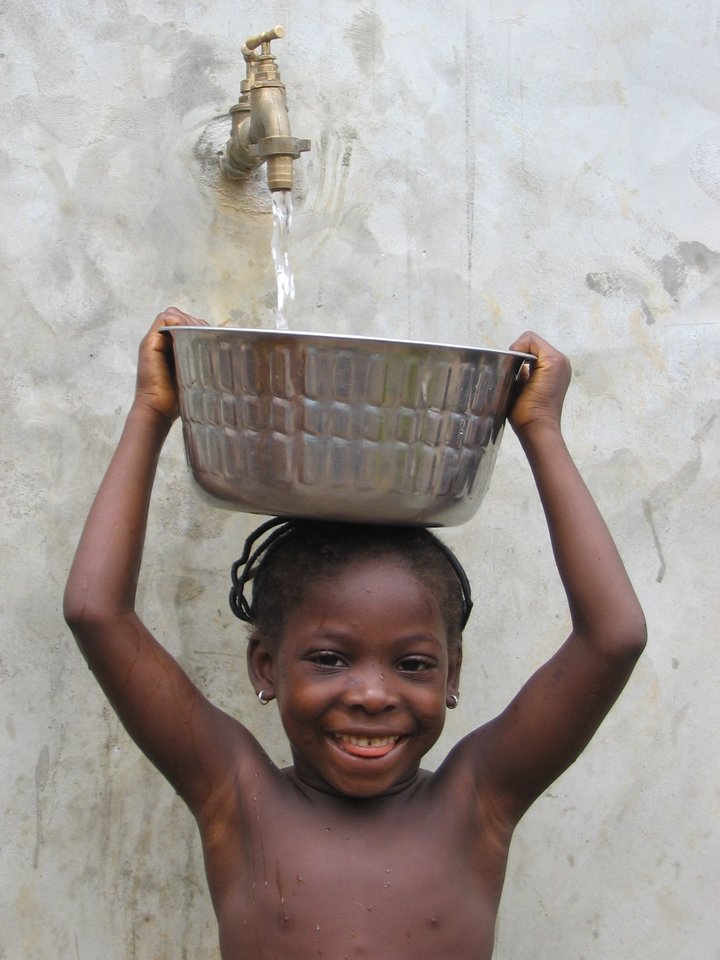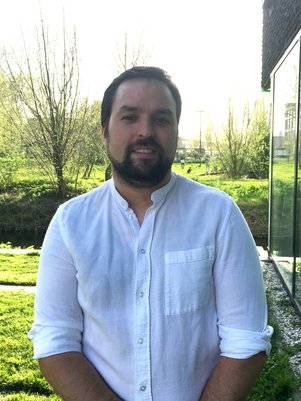Water treatment in India: a matter for the local community
The emphasis most waste water reuse (pre-treatment) technologies lies primarily on the removal of organic matter, nutrients and – to some extent – pathogens. However, in the Barapullah drain in new Delhi, higher levels of contaminants like heavy metals (mercury, zinc, iron, etc), organic micro pollutants (pesticides, antibiotics and personal hygiene products), and antibiotic resistance genes are to be expected, due to extensive domestic and industrial discharges.
The aim of the project is to investigate the health risk of both microbial and chemical contaminants during reuse of water. In order to assess the risk, different target contaminants will be investigated for their survival and behaviour in different water reuse technologies, including anaerobic membrane bioreactors, wetlands and photobioreactors.
In addition, risks of the different exposure routes for the different types of reuse will be investigated. For example, reuse for irrigation gives a different type of exposure than reuse for bathing. This holistic approach for both microbial and chemical contaminants (Quantitative Microbial and Chemical Risk Assessment) is novel for reuse, and will aid in the ultimate project aim, which is to develop new technologies for tertiary treatment for healthy drain reuse in India.
Location
New Delhi, India



